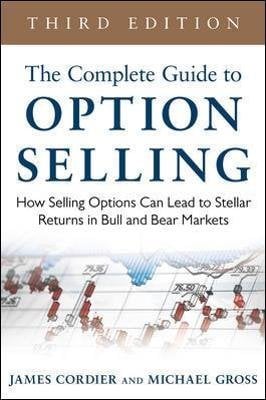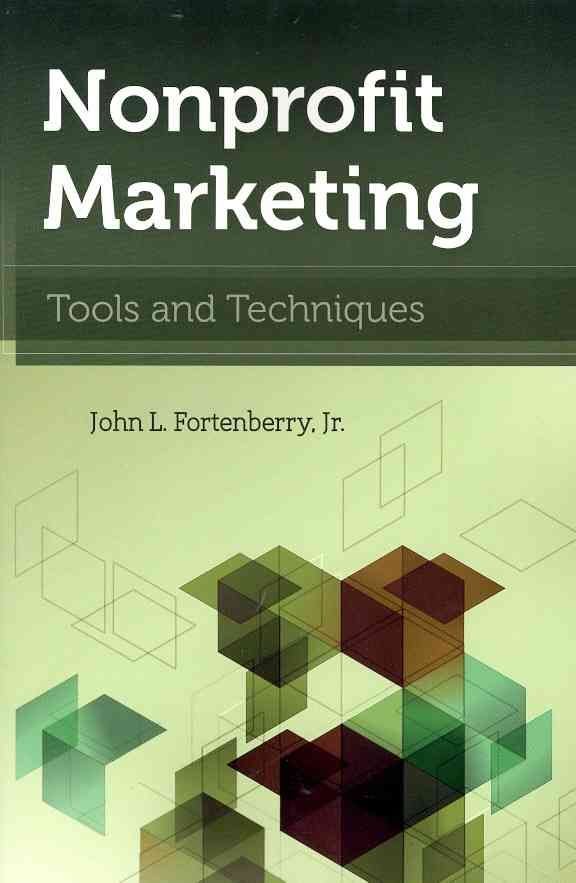There is convergent consensus among scientists that many social, economic and ?nancial phenomena can be described by a network of agents and their inter- tions. Surprisingly, even though the application ?elds are quite different, those n- works often show a common behaviour. Thus, their topological properties can give useful insights on how the network is structured, which are the most “important” nodes/agents, how the network reacts to new arrivals. Moreover the network, once included into a dynamic context, helps to model many phenomena. Among the t- ics in which topology and dynamics are the essential tools, we will focus on the diffusion of technologies and fads, the rise of industrial districts, the evolution of ?nancial markets, cooperation and competition, information ?ows, centrality and prestige. The volume, including recent contributions to the ?eld of network modelling, is based on the communications presented at NET 2006 (Verbania, Italy) and NET 2007 (Urbino, Italy); offers a wide range of recent advances, both theoretical and methodological, that will interest academics as well as practitioners. Theory and applications are nicely integrated: theoretical papers deal with graph theory, game theory, coalitions, dynamics, consumer behavior, segregation models and new contributions to the above mentioned area. The applications cover a wide range: airline transportation, ?nancial markets, work team organization, labour and credit market.












